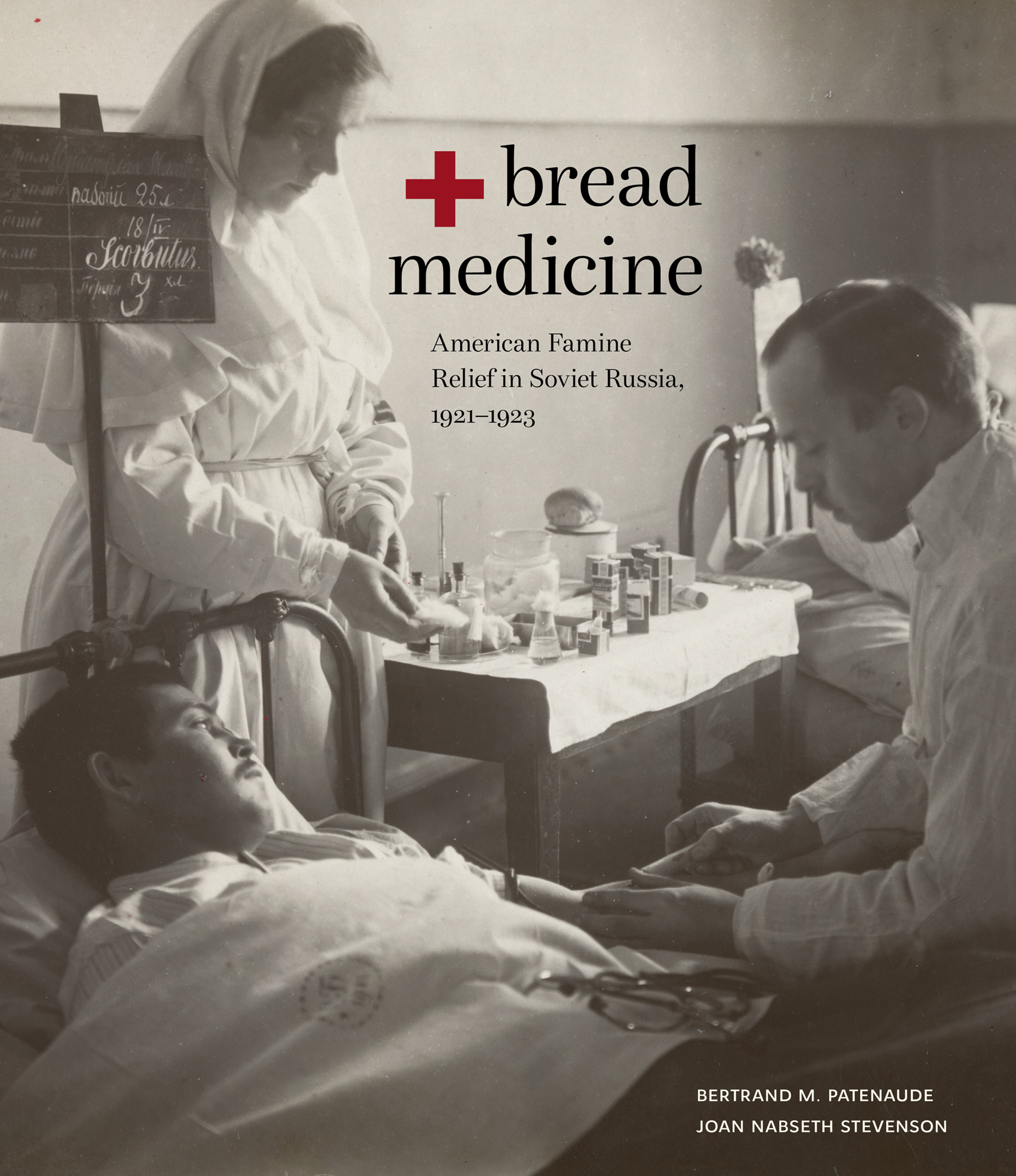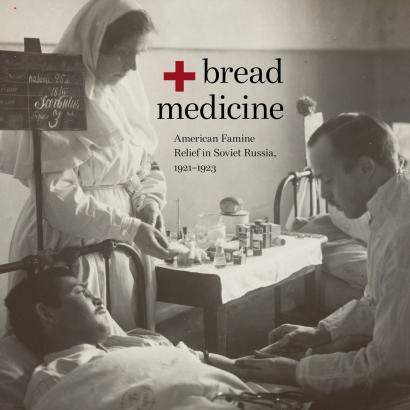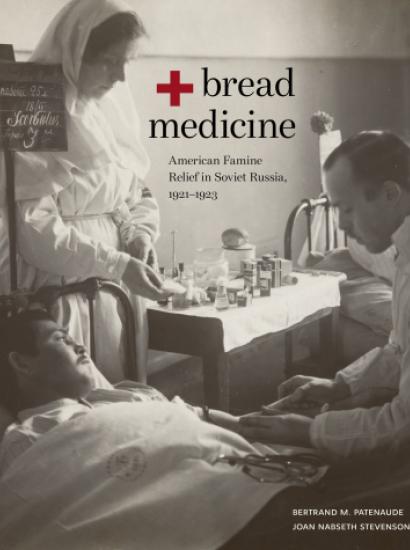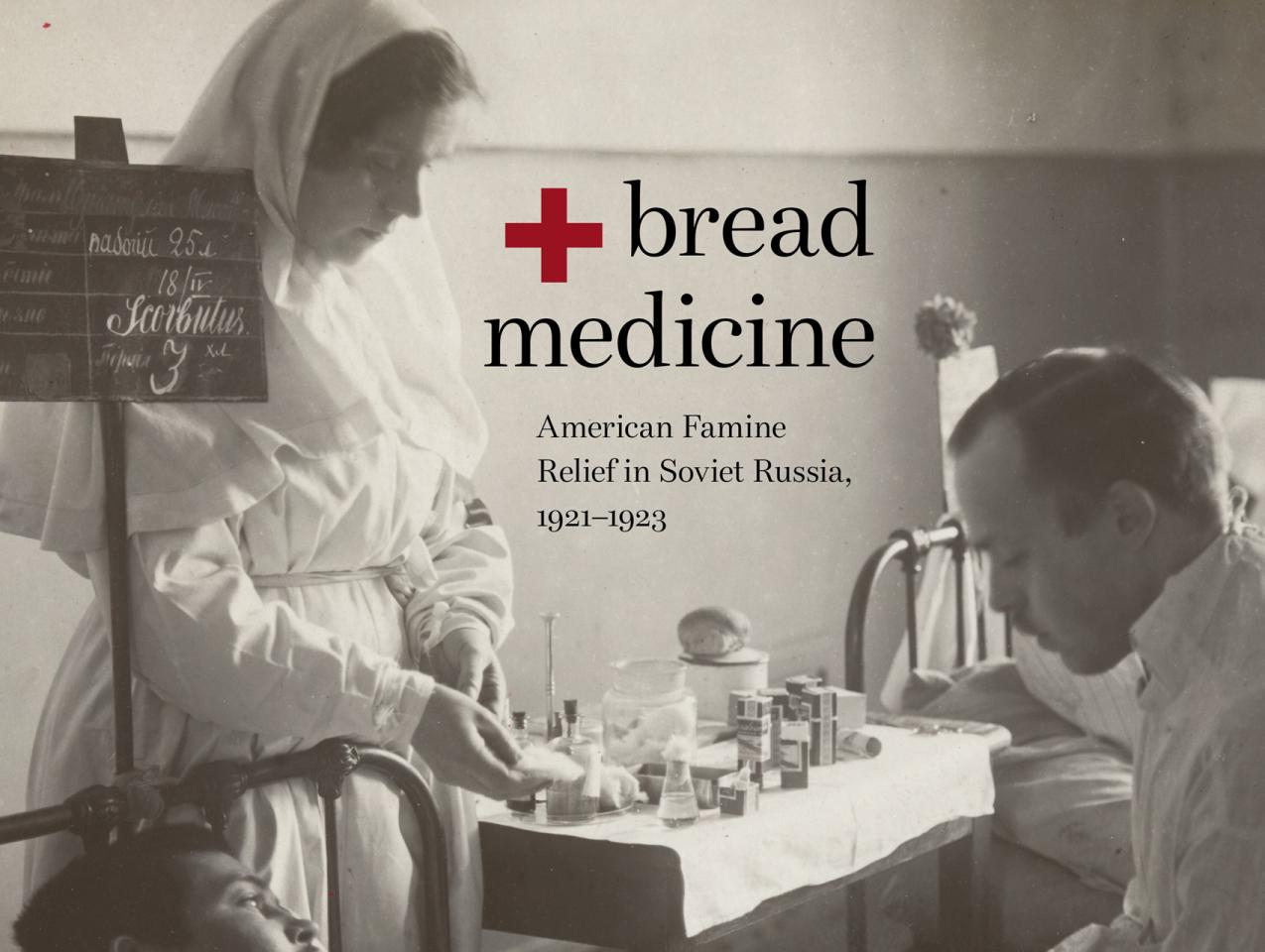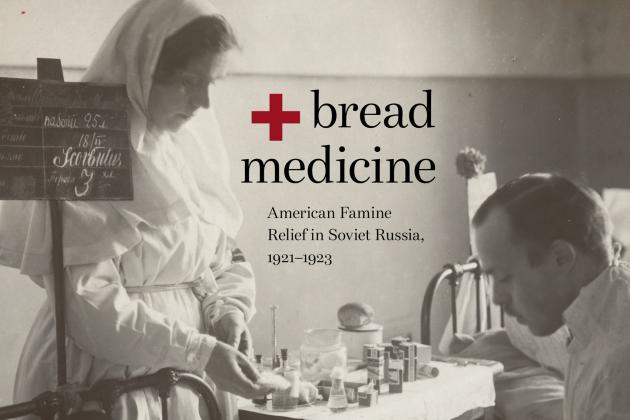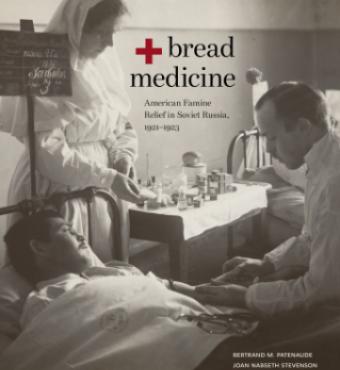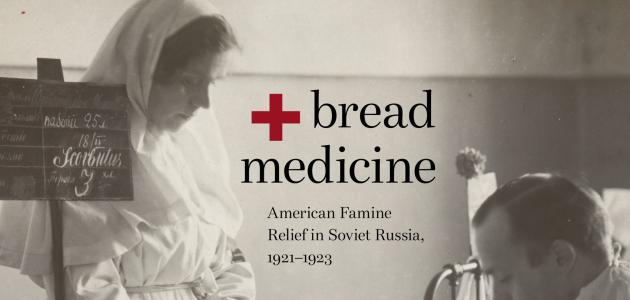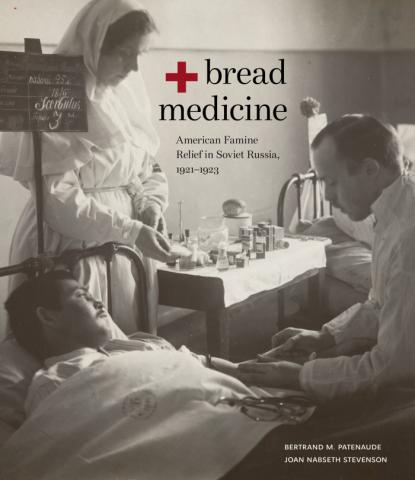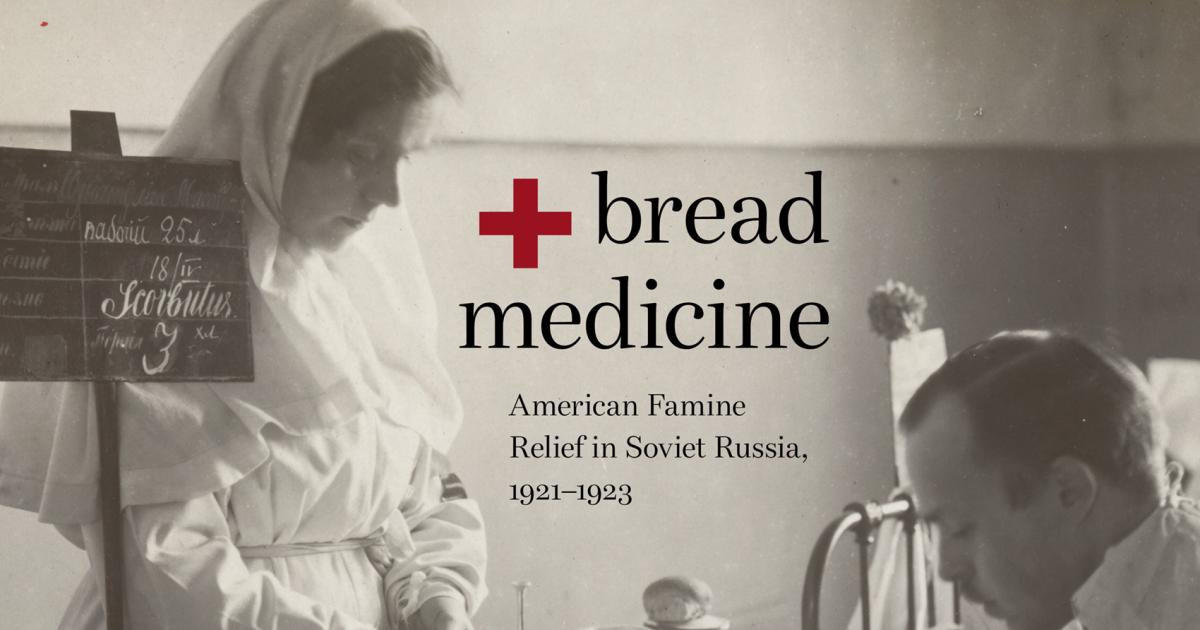The Hoover Institution has published Bread + Medicine: American Famine Relief in Soviet Russia, 1921–1923, by Bertrand M. Patenaude, Hoover research fellow and historian, and Joan Nabseth Stevenson, author and scholar of Slavic languages.
In Bread + Medicine, Patenaude and Stevenson tell the little-known story of how the American Relief Administration (ARA), led by future president Herbert Hoover, undertook a large-scale humanitarian relief effort that saved the lives of millions of people suffering from famine in Soviet Russia from 1921 through 1923.
According to the authors, a combination of factors brought about this catastrophe a century ago: the disruptions of World War I, the Russian Revolution, and the Russian Civil War; draconian Soviet economic policies; and a severe drought.
As millions of people faced starvation and hunger-related disease, the Russian writer Maxim Gorky issued an appeal for help, asking “all honest European and American people for prompt aid to the Russian people. Give bread and medicine.” One person was uniquely situated to answer the call: Herbert Hoover, then chair of the ARA, who had achieved worldwide fame as the organizer and administrator of large-scale humanitarian relief operations during and following World War I.
While the role of food aid has been well documented, Bread + Medicine focuses on America’s medical intervention, including a large-scale vaccination drive, and treatment of famine-related diseases such as cholera, typhoid, and typhus and hunger-related deficiency diseases, especially among children. The ARA’s medical relief program proved essential to the overall success of its mission. Bread + Medicine, richly illustrated with photographs, posters, and documents from the Hoover Library & Archives, tells that story in vivid detail.
Bread + Medicine is available in hardcover and e-book formats. Click here to purchase.
Acclaim for Bread + Medicine
“I was quite unaware of the degree of suffering, tragedy, and heroism playing out in Russia after the Great War. . . . Patenaude and Stevenson’s beautifully researched tale is compelling reading.”
—Abraham Verghese, MD, Author of Cutting for Stone
“A story of generosity and tenacity. This book, strikingly illustrated with photographs, posters, and documents, focuses on the unsung yet vitally important battle against the ravages of disease and malnutrition in the midst of famine.”
—Mary Cox, Assistant Professor of International Relations, Central European University
“A beautifully compelling and deeply inspiring story of altruism and ingenuity at its best. . . . Essential reading for anyone interested in the human face of public health, medicine, and international relations.”
—Gary Darmstadt, MD, MS, Associate Dean for Maternal and Child Health and Professor of Pediatrics at the Stanford University School of Medicine
About the Authors
Bertrand M. Patenaude is the author of The Big Show in Bololand: The American Relief Expedition to Soviet Russia in the Famine of 1921 (Stanford University Press, 2002).
Joan Nabseth Stevenson received her PhD in Slavic languages and literatures from Stanford University. She is the author of Deliverance from the Little Big Horn: Doctor Henry Porter and Custer’s Seventh Cavalry.
For coverage opportunities, contact Jeffrey Marschner, 202-760-3187, jmarsch@stanford.edu.







